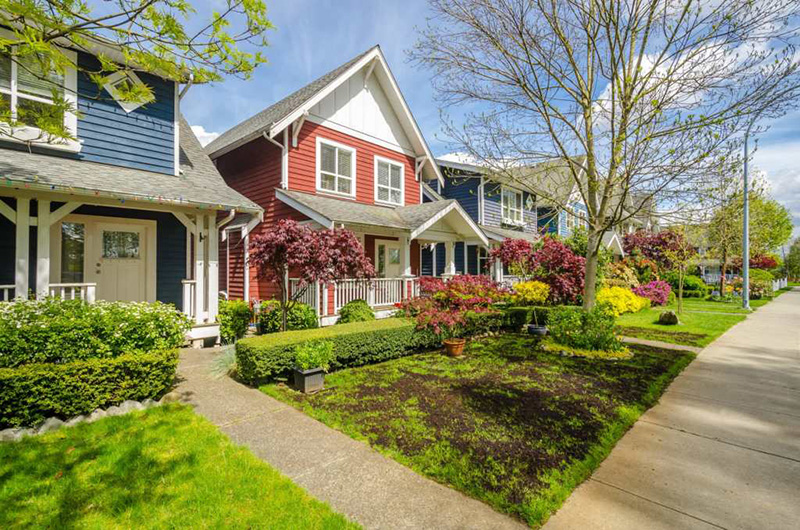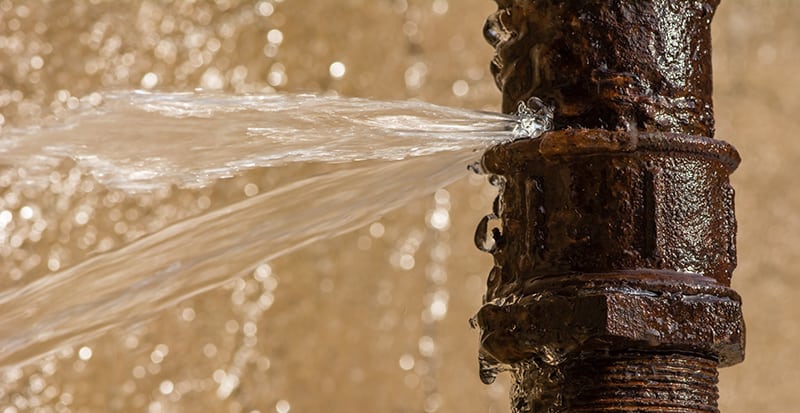 Many cities are struggling to find the income needed to address the million and, in some cases, billion-dollar dilemma of their aging infrastructure – especially for water and wastewater. In fact, the overall infrastructure grade from the 2013 American Society of Civil Engineers Report was a D for water and waste water. While these grades fluctuate by state, county and even town, the harsh reality is our infrastructure needs to be addressed and the repairs are going to be costly.
Many cities are struggling to find the income needed to address the million and, in some cases, billion-dollar dilemma of their aging infrastructure – especially for water and wastewater. In fact, the overall infrastructure grade from the 2013 American Society of Civil Engineers Report was a D for water and waste water. While these grades fluctuate by state, county and even town, the harsh reality is our infrastructure needs to be addressed and the repairs are going to be costly.
Many cities, such as Los Angeles, are facing this decision every day with miles and miles of pipeline having been installed more than 50 years ago. It’s only a matter of time before a small crack becomes a leak or even a major break, resulting in expensive repairs for the city, lost water and headaches for homeowners left without resources.
These problems are not limited to Los Angeles. Every day, city officials around the nation are taxed with deciding which pipes to replace now and which pipes can wait. Each replacement where funds are diverted to one pipe is a hope that another pipe doesn’t suddenly burst from age or weather. A Los Angeles Times article reported in February 2015 that “cities such as Portland, Ore., San Francisco and Seattle are also seeing old pipes come of age, according to infrastructure experts.”
“This is not just an L.A. problem,” Irvine-based asset management consultant Colin Chung said in the article. “Because pipes are out of sight and out of mind, no one has really thought about how we’re going to pay for this.”
Money for repairs isn’t the only thing cities are paying. The aging infrastructure leads to headaches for homeowners from property damage due to water breaks, noise of the repairs, lack of water and even loss of access when roads are shut down.
“We must do something about our infrastructure and we must make the necessary investment,” said the former head of the Department of Water and Power in Los Angeles, H. David Nahai. “If we don’t act now,” continued Nahai in the Los Angeles Times article, “we’ll simply pay more later.”
As with any problem, the longer it is ignored, the worse the situation will get for both the infrastructure and the price tag for the repairs. Every day the bill for repairs to our aging infrastructure grows, which is why it’s no surprise the American Society of Civil Engineers Infrastructure Grade remains poor year after year with trillion-dollar investments needed.
Enhancing Member Engagement and Loyalty Webinar
We are proud to present this webinar hosted by Touchstone. Discover new ways to build stronger relationships with your members through this incredible event! In this ever-evolving energy landscape, many cooperatives are discovering that value-added services are...

